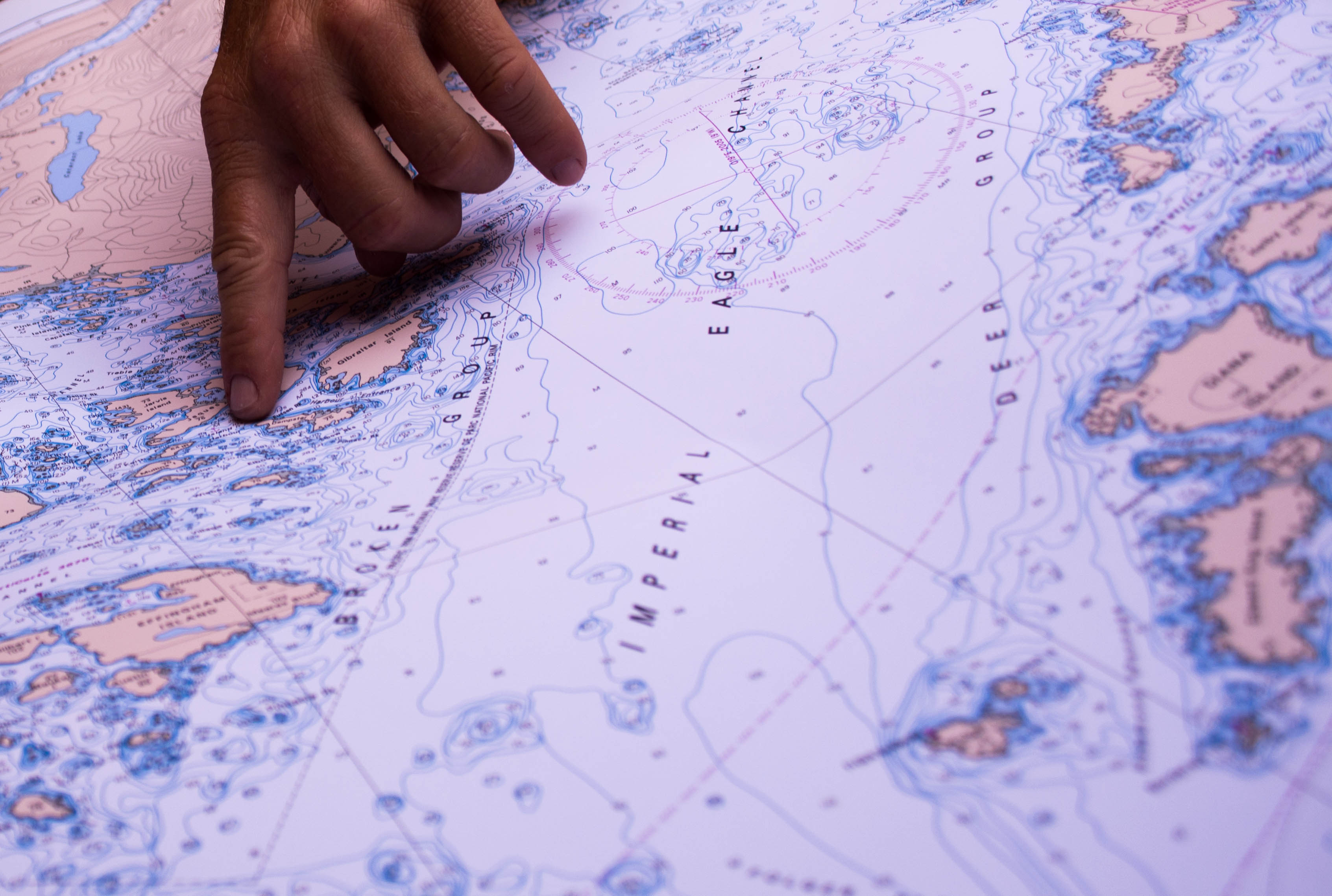 If it ain’t broke don’t fix it, but what if a system can be improved? Part of the satisfaction that comes from messing about in boats is maintaining and fixing things onboard yourself. Personally I can’t wait to be arm deep in some epoxy, scraping old bits of bottom paint off, careening the aisles of hardware stores looking for the perfect screw. I’m also really excited to make improvements, which is where I think a great chunk of this supposed gratification will come from.
If it ain’t broke don’t fix it, but what if a system can be improved? Part of the satisfaction that comes from messing about in boats is maintaining and fixing things onboard yourself. Personally I can’t wait to be arm deep in some epoxy, scraping old bits of bottom paint off, careening the aisles of hardware stores looking for the perfect screw. I’m also really excited to make improvements, which is where I think a great chunk of this supposed gratification will come from.
I can’t move aboard my boat until May, when she’s finally defrosted, and I’m currently dwelling, working, and saving money for her outfit hundreds of miles away from where she lay. While I eagerly wait for the season to be conducive I’m gathering tools, materials, and ideas for when I begin. I’ve put navigation at the top of the list (anchoring is second, but more on that later).
When I lived aboard and sailed on a 22-foot-sailboat in the Pacific Northwest for over a year, I got the lesson of a lifetime in keeping things simple, and I’ve held on to that with a fierce grip. For navigation in inland waters we used good old classic paper charts, and as our secondary system (okay, maybe it was the primary sometimes) we used a handheld GPS. It was beyond adequate. Charts were used for route planning and as a point of reference when sailing from point to point. The GPS was used to double check we weren’t heading straight for any rocks, were entering harbors the right way, to check speed, and sometimes to help when we were, for lack of a better word, lost, and had trouble determining which island was which.
Charts were used for route planning and as a point of reference when sailing from point to point. The GPS was used to double check we weren’t heading straight for any rocks, were entering harbors the right way, to check speed, and sometimes to help when we were, for lack of a better word, lost, and had trouble determining which island was which.
I’ve reached out to a few sailing mates and all have had really excellent advice on what kind of equipment to use, and both recommended using a device like an Ipad and a software like Navionics, which you apparently don’t have to be connected to data in order to use.
I’m not so convinced though. In the future I want to outfit my boat with solar, but for now she runs on a 12V system that can only be charged by the alternator on the outboard engine. I like that the handheld GPS runs on disposable batteries. I like that it has a tiny screen that I can barely see, which forces me to reference my charts more often.
I’d like to update to a more modern navigation system in the future, but when I move aboard my boat everything will be new and this simple system of navigation will be familiar. I like that, too.

